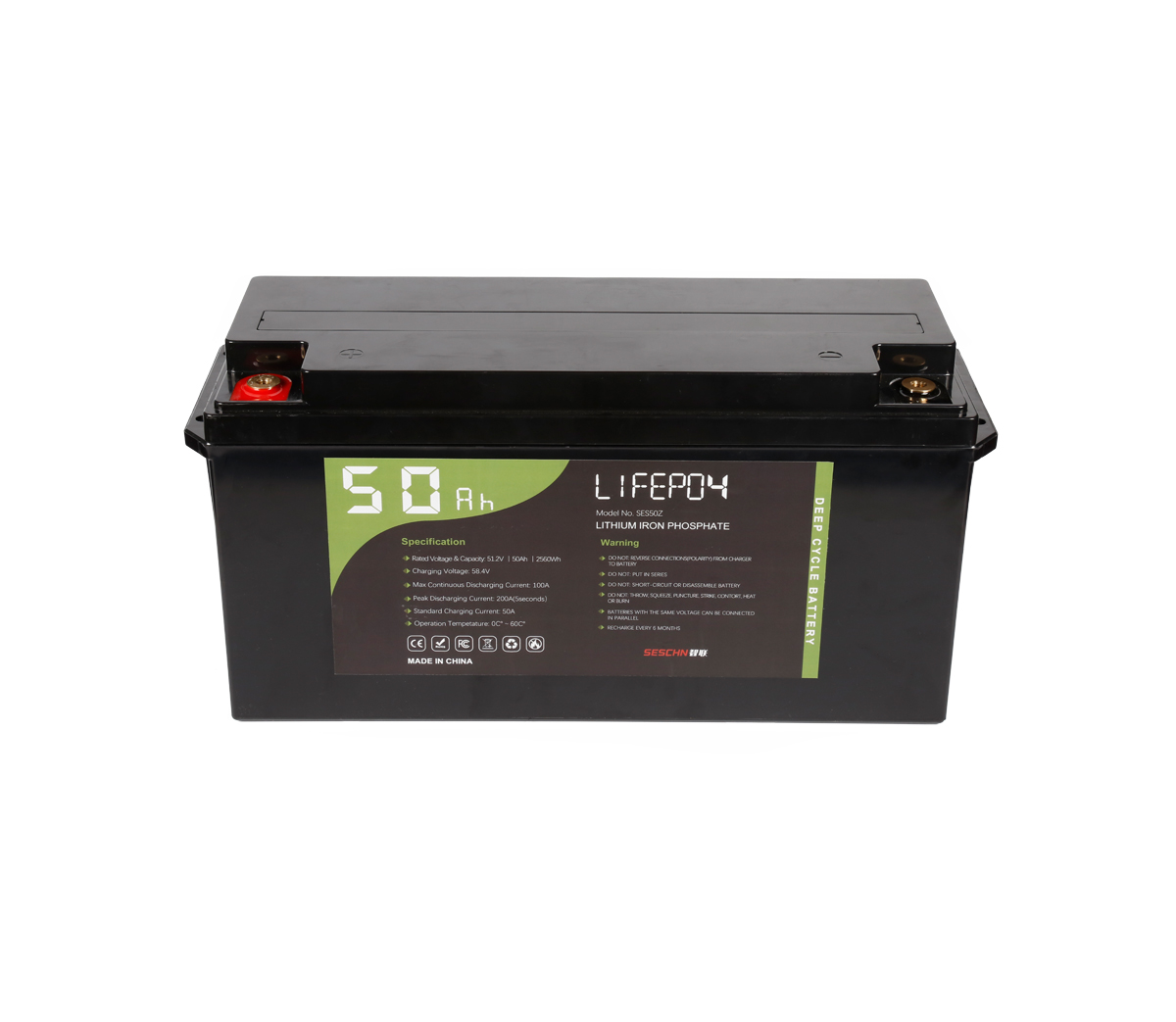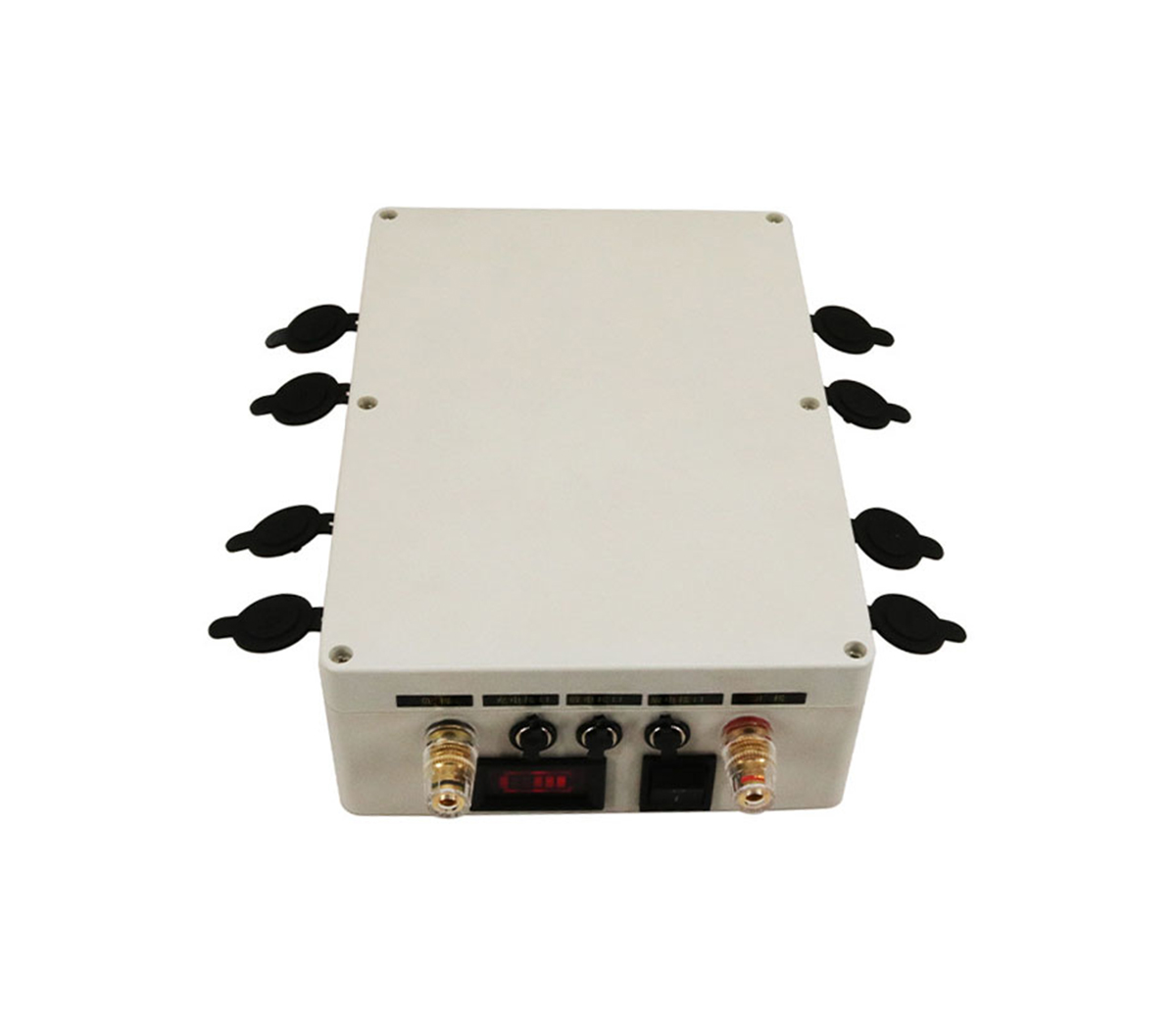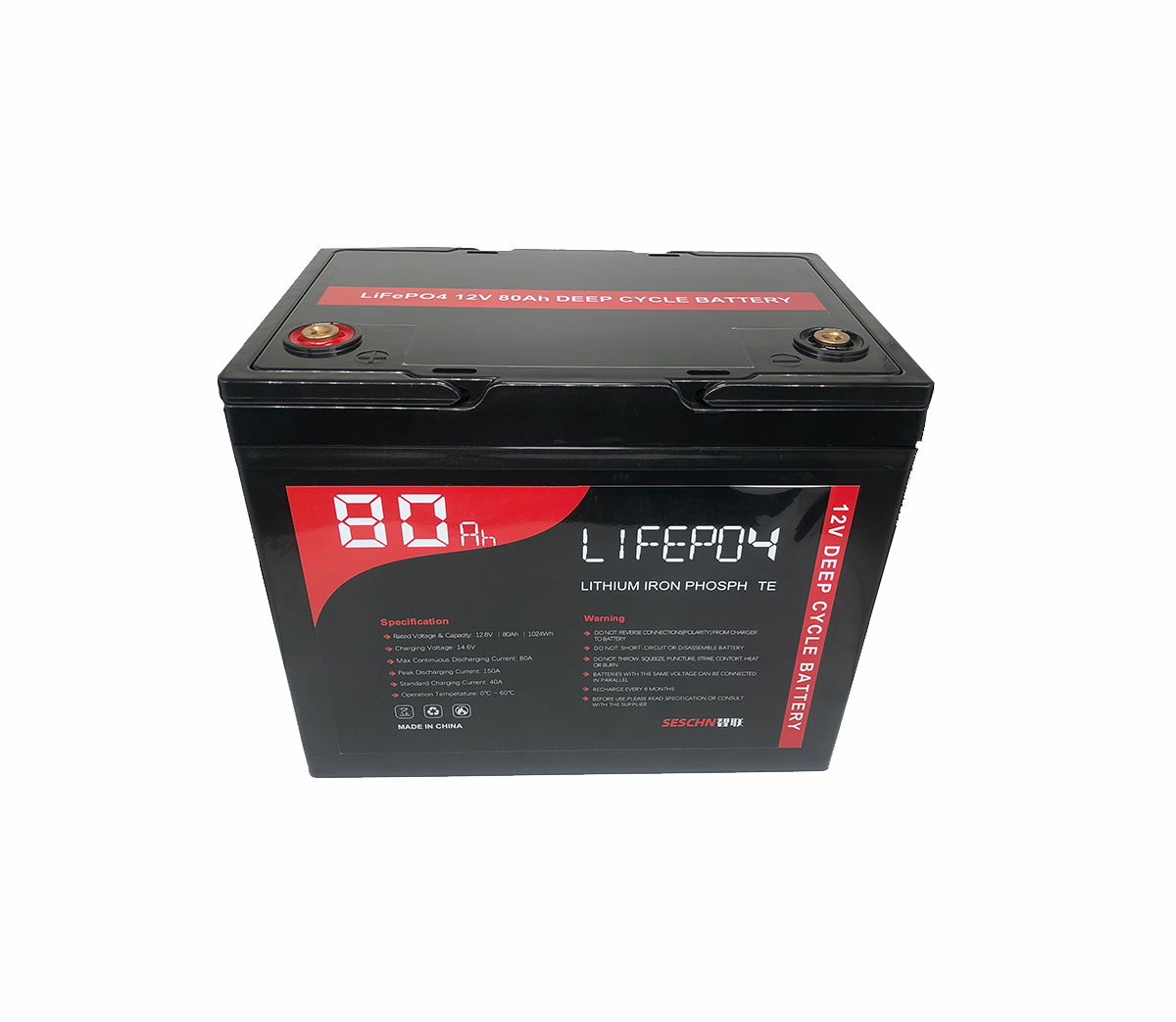New lithium battery technology may make electric vehicles cheaper
Sila Nanotechnology has achieved double-digit lithium-ion battery
performance gains, promising to reduce costs or increase the functionality of
cars and mobile phones.
Sila Nanotechnology has achieved double-digit lithium-ion battery
performance gains, promising to reduce costs or increase the functionality of
cars and mobile phones.
Or in the past seven years, a startup company based in Alameda, California
has quietly developed a new type of anode material that is expected to
significantly improve the performance of lithium-ion batteries.
Sila nanotechnology emerged from the stealth mode last month and worked
with BMW to put the company’s silicon-based anode material at least in some
German automakers’ electric vehicles. In 2023, a BMW spokesperson told the Wall
Street Journal that the company expects the transaction. Will result in an
increase of 10 to 15% in the energy that can be loaded into a given volume of
battery. Sila CEO Gene Berdichevsky said that these materials may eventually
yield up to 40% improvement.
For electric vehicles, the so-called increase in energy density either
significantly extends the range in a single charge, or reduces the cost of the
battery required to reach the standard range. For consumer electronics, it can
alleviate the trouble that mobile phones cannot pass for a day, or it may make
possible next-generation features such as more powerful cameras or
ultra-high-speed 5G networks that consume more power.
Researchers have spent decades improving the performance of lithium-ion
batteries, but these benefits can only reach a few percentage points at a time.
So how did SilaNanotechnologies achieve such a huge leap?
Berdichevsky, who is the seventh employee at Tesla, and Gleb Yushin, a
professor of materials science at Georgia Institute of Technology, recently
provided a more in-depth explanation of battery technology in an interview with
MIT TechnologyReview.
The anode is the negative electrode of the battery. In this case, when the
battery is charged, the negative electrode stores lithium ions. Engineers have
long believed that silicon has great potential as an anode material. The reason
is simple: it can combine with lithium ions more than 25 times that of lithium
ions, and lithium-ion batteries are currently the main material used in
lithium-ion batteries.
But this brings a big problem. When silicon contains many lithium ions, its
volume expands so as to stress the material in a way that easily breaks the
material during charging. This swelling can also trigger electrochemical side
reactions, thereby reducing battery performance.
In 2010, Yushin co-authored a scientific paper that identified a method for
producing rigid silicon-based nanoparticles that have enough pores inside to
accommodate significant volume changes. He teamed up with Berdichevsky and
another former Tesla battery engineer, Alex Jacobs, to form Sila the following
year.
Since then, the company has been working hard to commercialize this basic
concept, developing, producing and testing tens of thousands of various
increasingly complex anode nanoparticles. It found a way to change the internal
structure to prevent the battery electrolyte from penetrating into the
particles, and it achieved an increase in energy density of dozens of
increments, which was finally about 20% higher than the existing best
technology.
In the end, Sila created a solid, micron-sized spherical particle with a
porous core that directs most of the swelling in the internal structure. The
outside of the particles will not change shape or size during charging, thus
ensuring normal performance and cycle life.
The resulting composite anode powder is used as an embedded material for
existing lithium-ion battery manufacturers.
With any new battery technology, it will take at least five years to
complete the quality and safety assurance process in the automotive industry, so
it is consistent with BMW's 2023 timetable. However, the cooperation between
Syrah and the consumer electronics field is accelerating, and it is expected
that there may be products with battery materials on the shelves early next
year.
Venkat Viswanathan, a mechanical engineer at Carnegie Mellon, said Sila is
"making great progress." But he reminded that progress in a battery measurement
standard often comes at the expense of other people's interests, such as safety,
charging time or cycle life, and so on. It is not always perfectly transformed
into the final product in the laboratory.
Companies including Enovix and Enevate are also developing silicon-based
anode materials. At the same time, other companies are looking for completely
different routes to achieve higher capacity storage, especially solid-state
batteries. These materials use materials such as glass, ceramics or polymers to
replace liquid electrolytes, which help carry lithium ions between the cathode
and anode.
BMW is also cooperating with SolidPower of the University of Colorado at
Boulder. The company claims that its solid-state technology, which relies on
lithium metal anodes, can store two to three times more energy than traditional
lithium-ion batteries. At the same time, Ionic Materials, which recently raised
$65 million from companies such as Dyson, has developed a solid polymer
electrolyte that is said to provide safer and cheaper batteries that can operate
at room temperature and can also Used with lithium metal.
Some battery experts believe that if researchers can overcome some large
remaining technical obstacles, solid-state technology will eventually achieve
greater benefits in terms of energy density.
But Berdichevsky emphasized that Sila's materials can now be used in
products, and unlike solid-state lithium metal batteries, battery manufacturers
do not require any expensive equipment upgrades.
As the company develops more ways to limit changes in the volume of
silicon-based particles, Berdichevsky and Yushin believe they will be able to
further expand the energy density while also improving charging time and overall
cycle life.


































